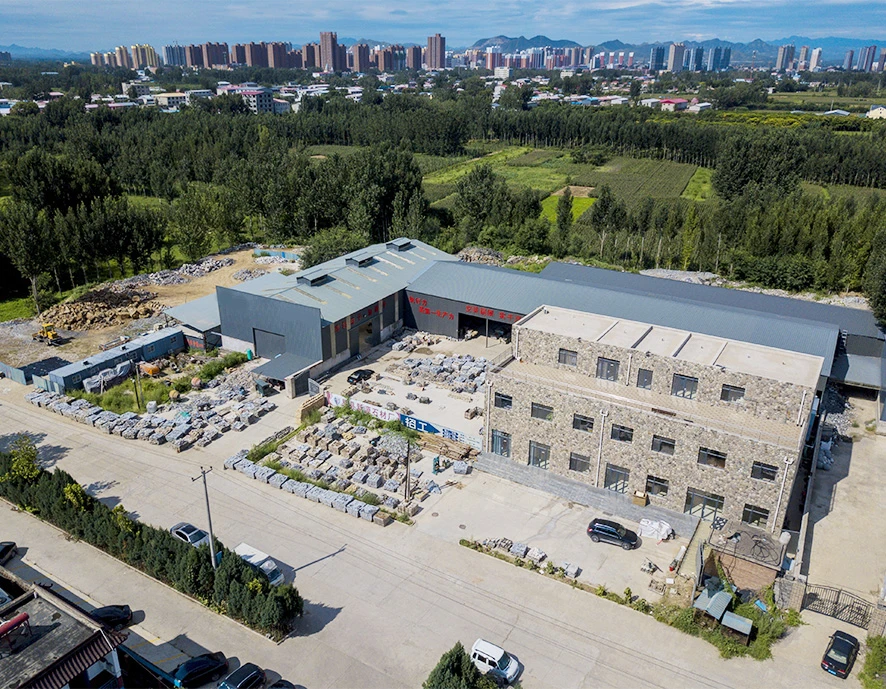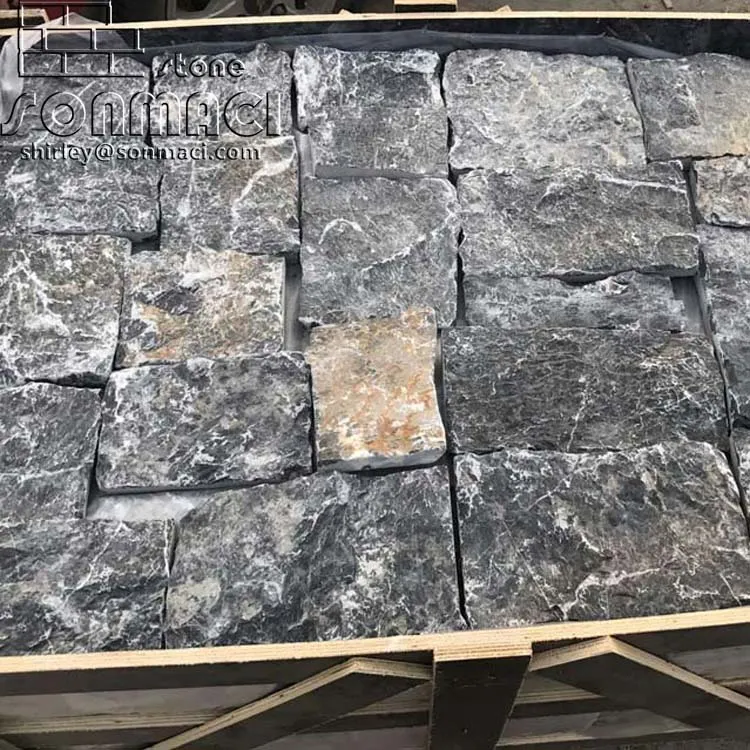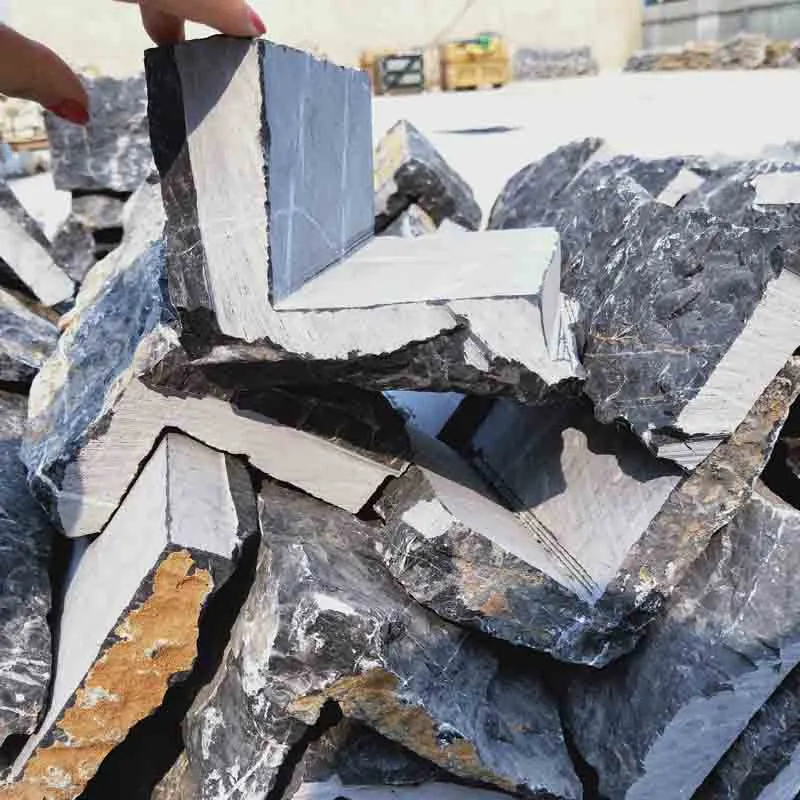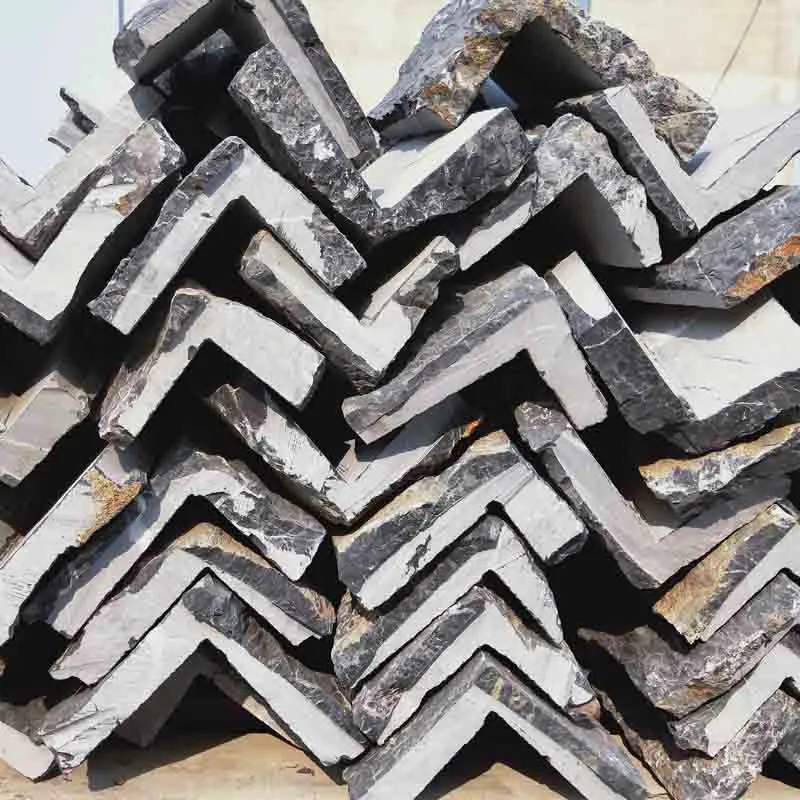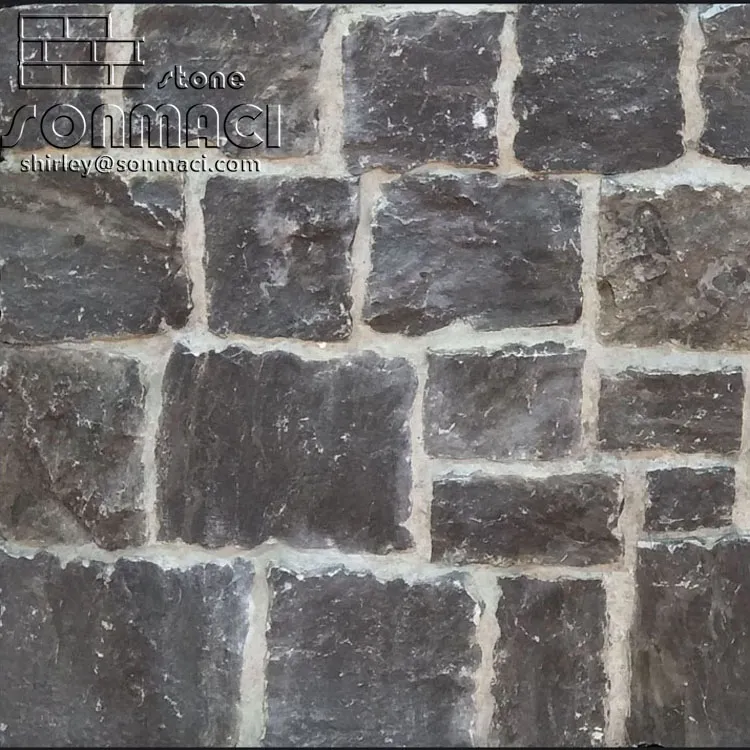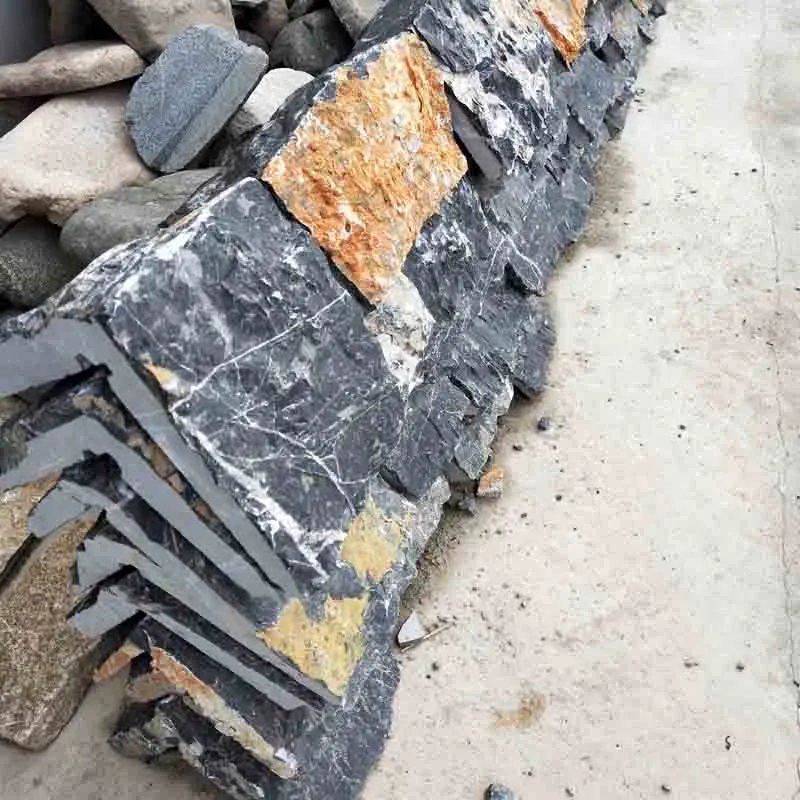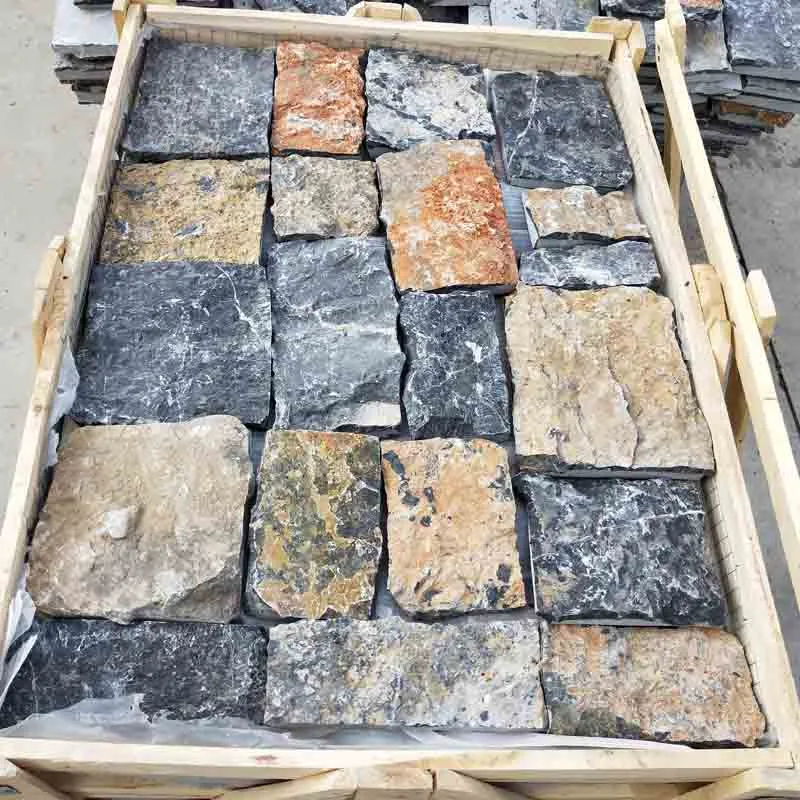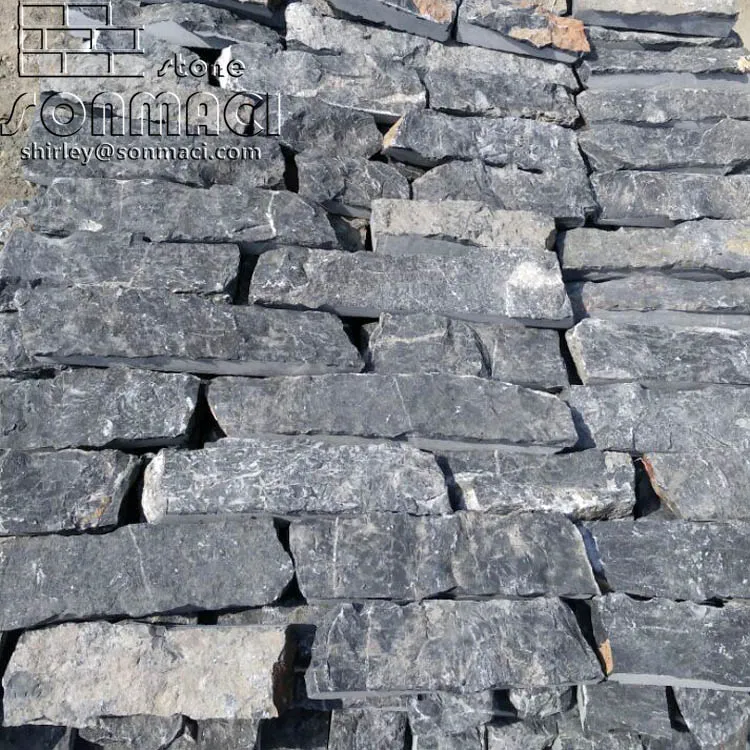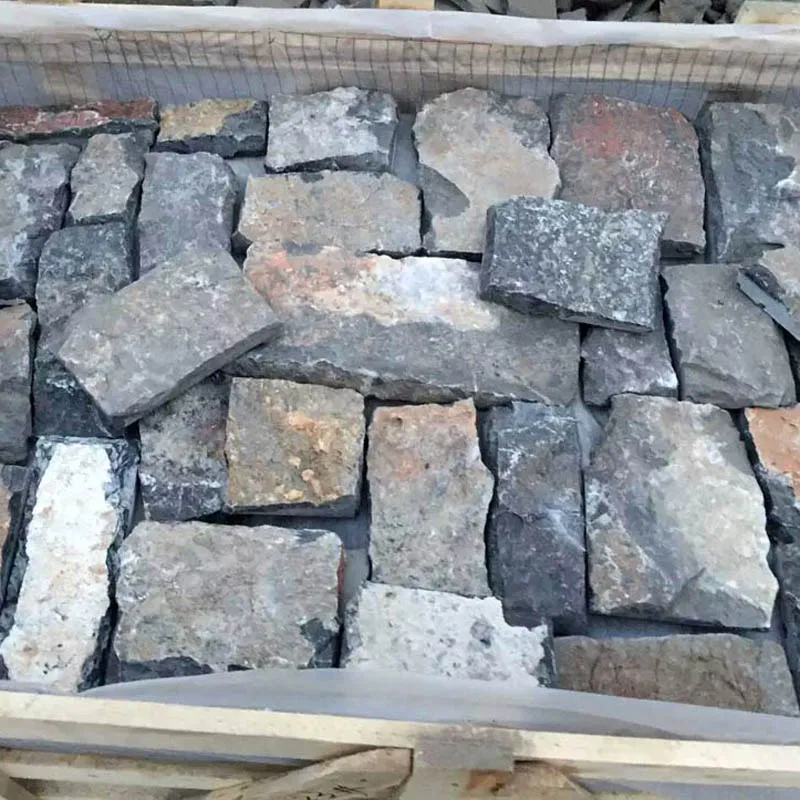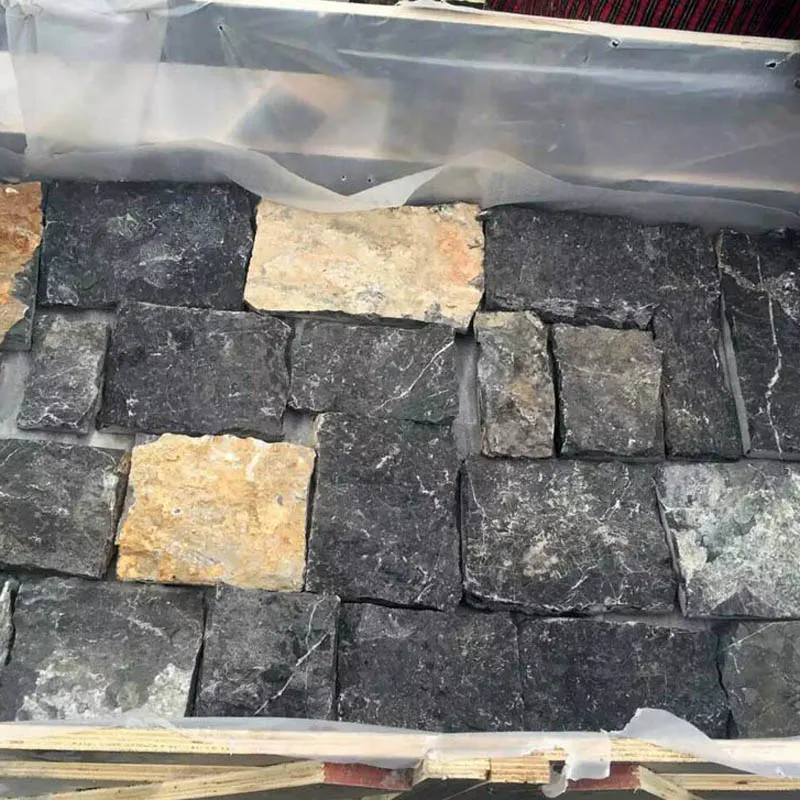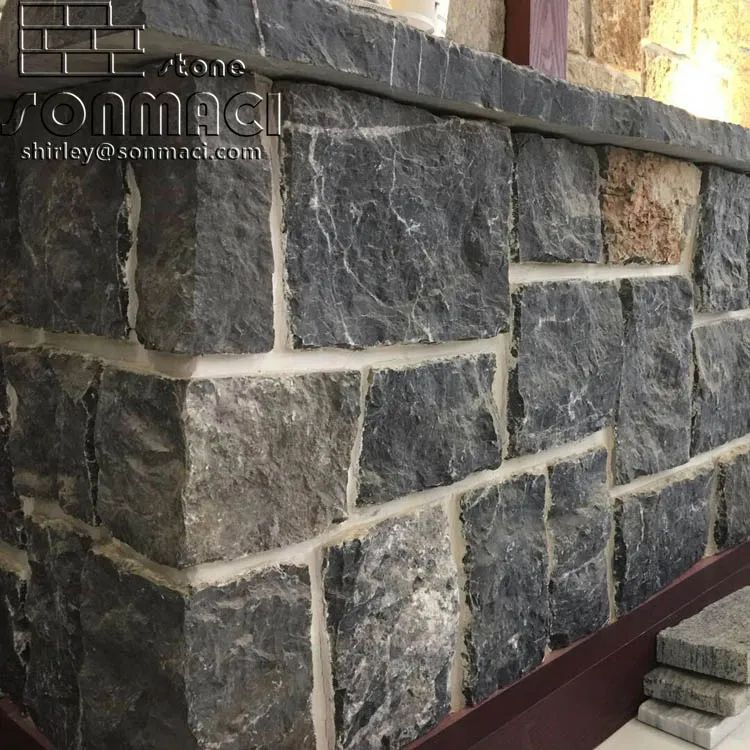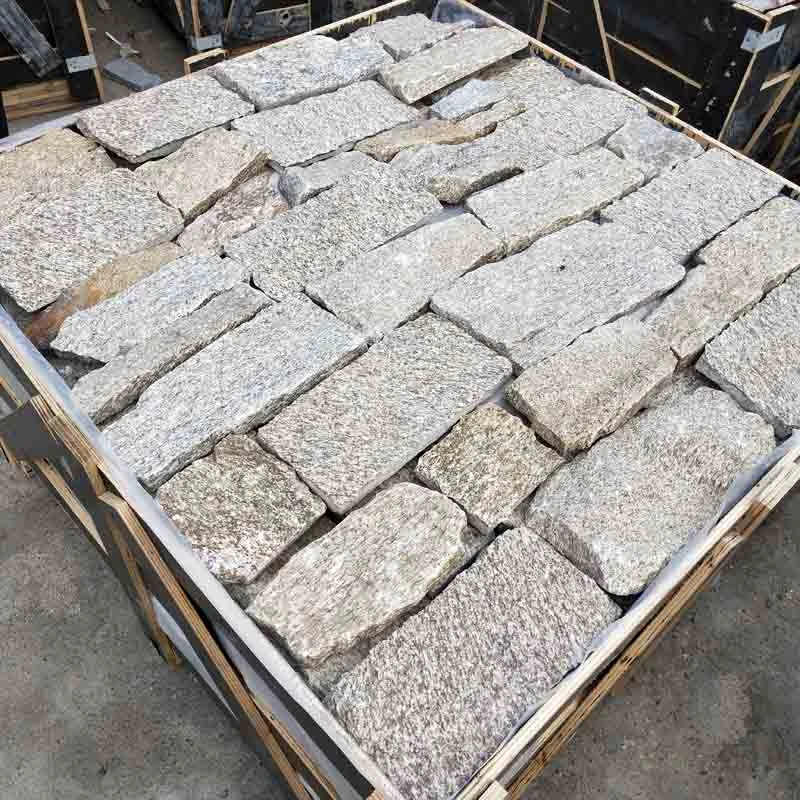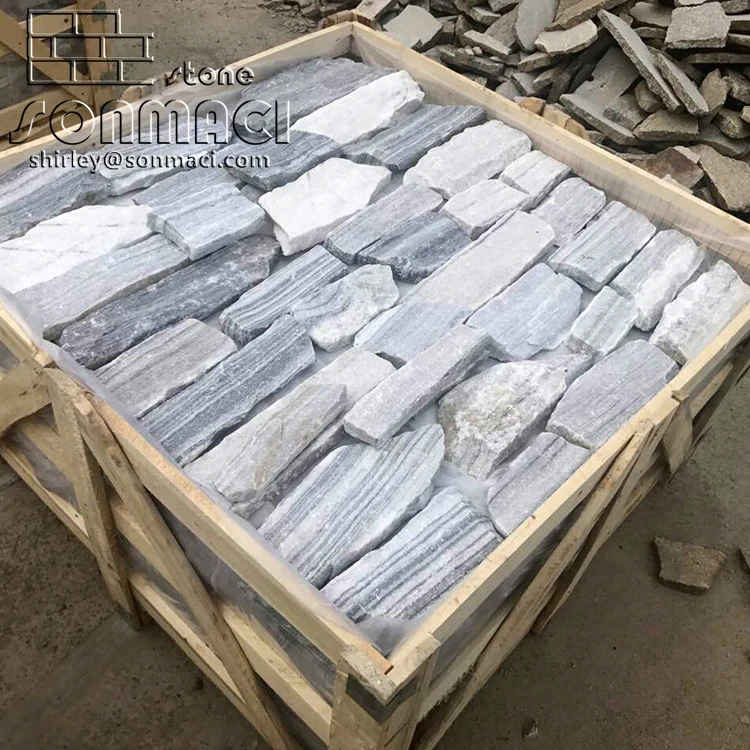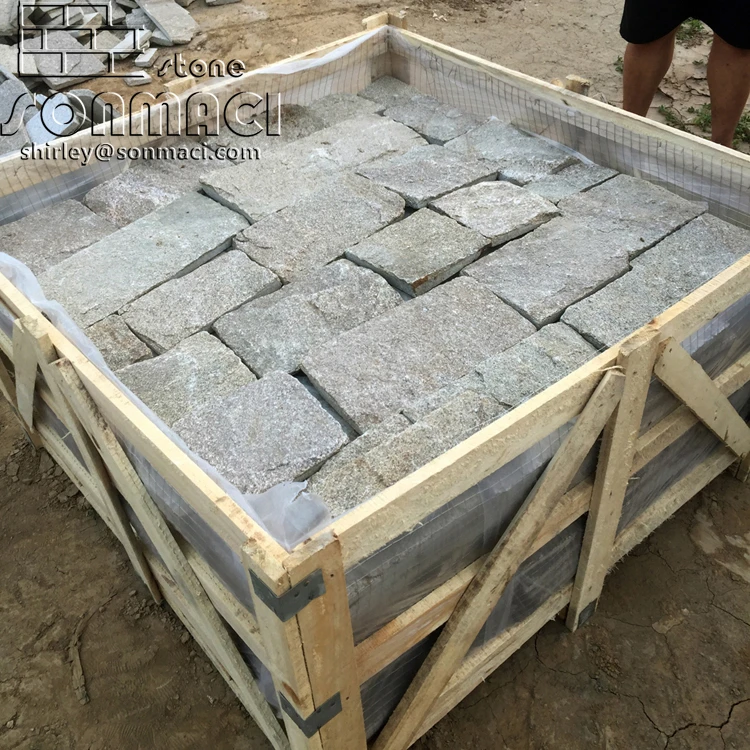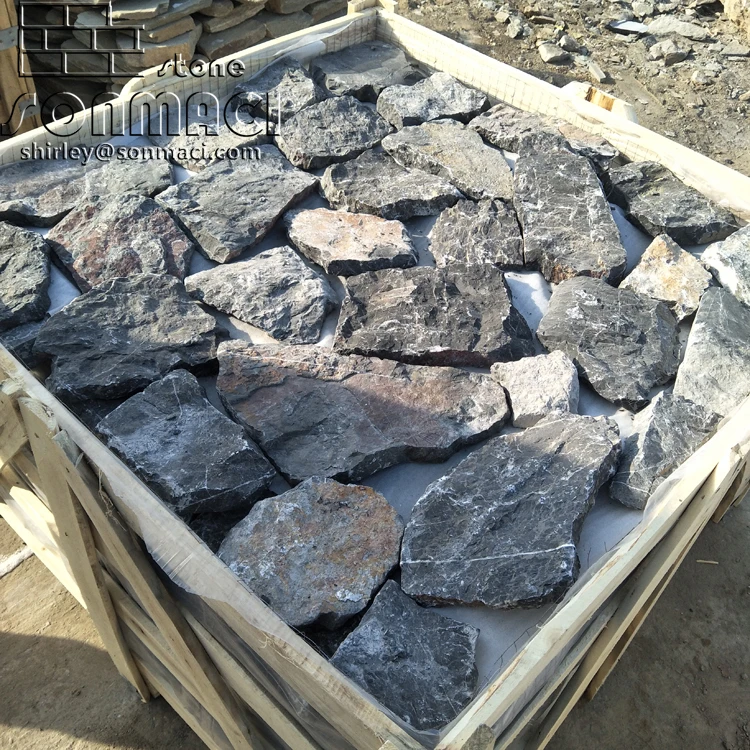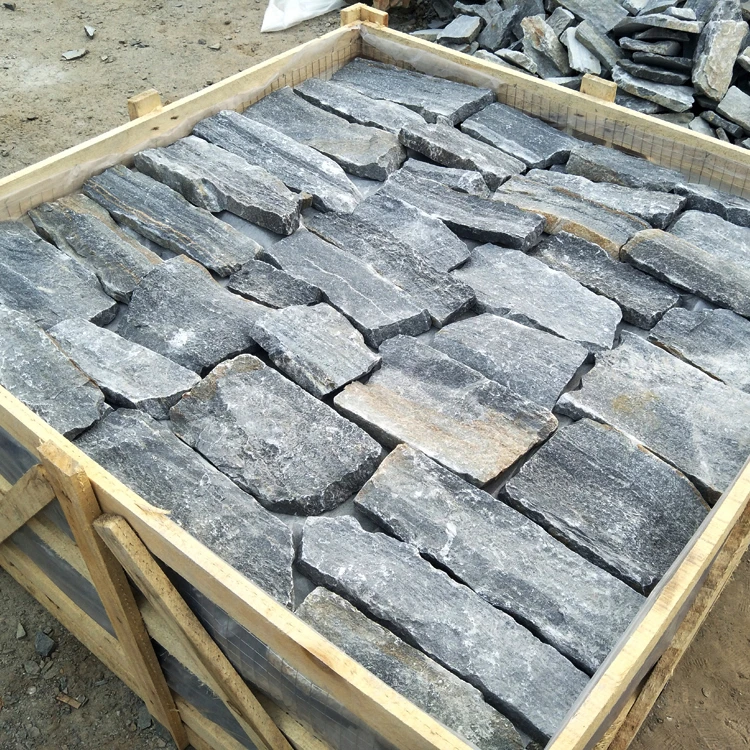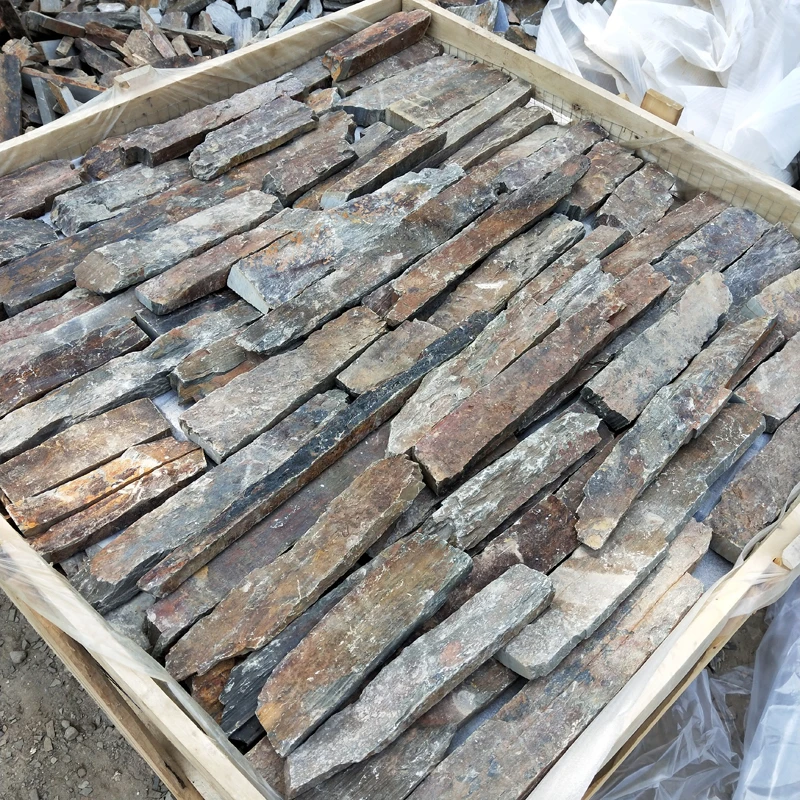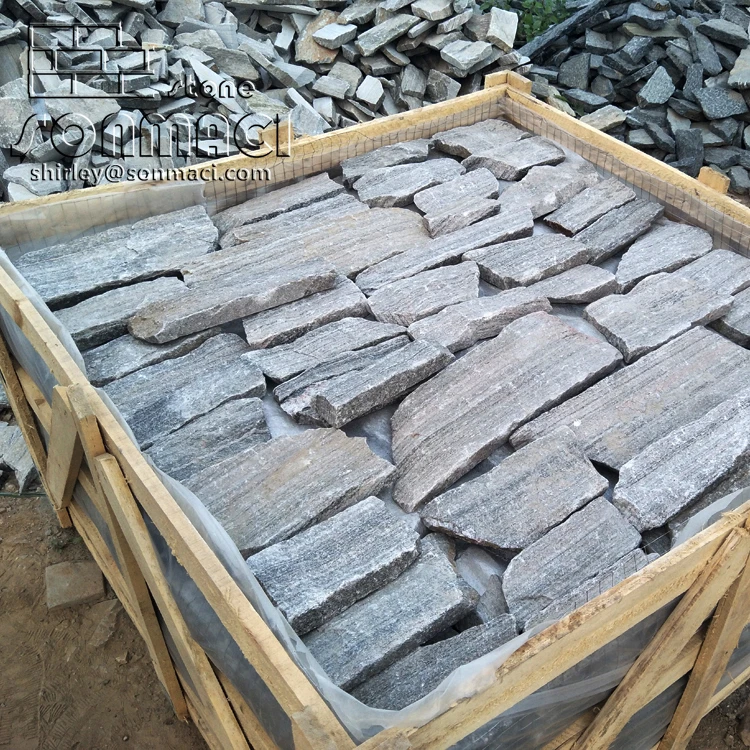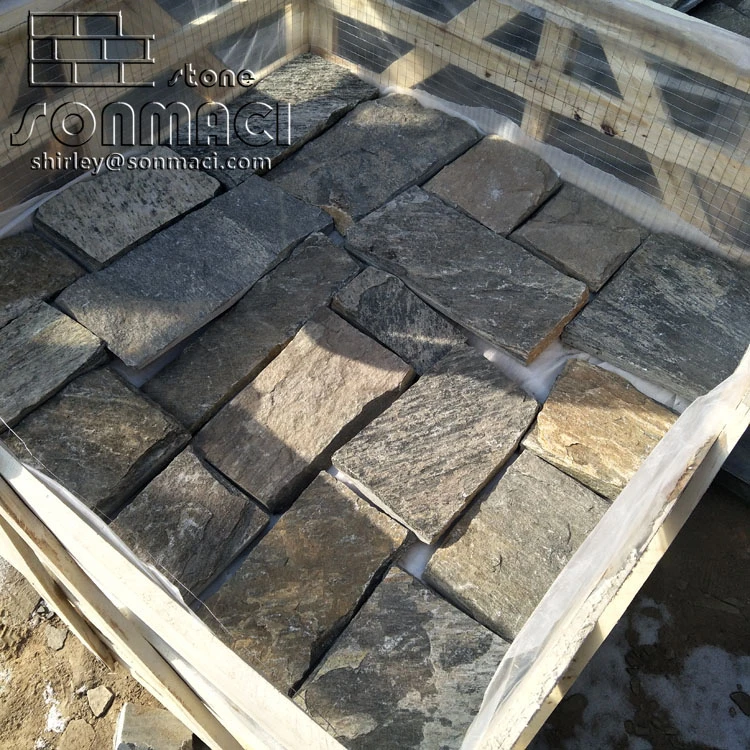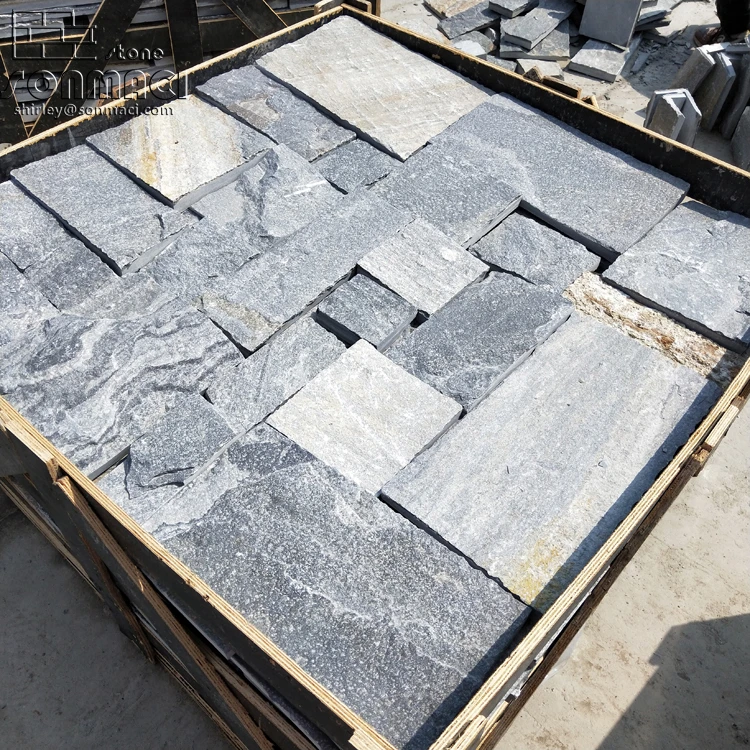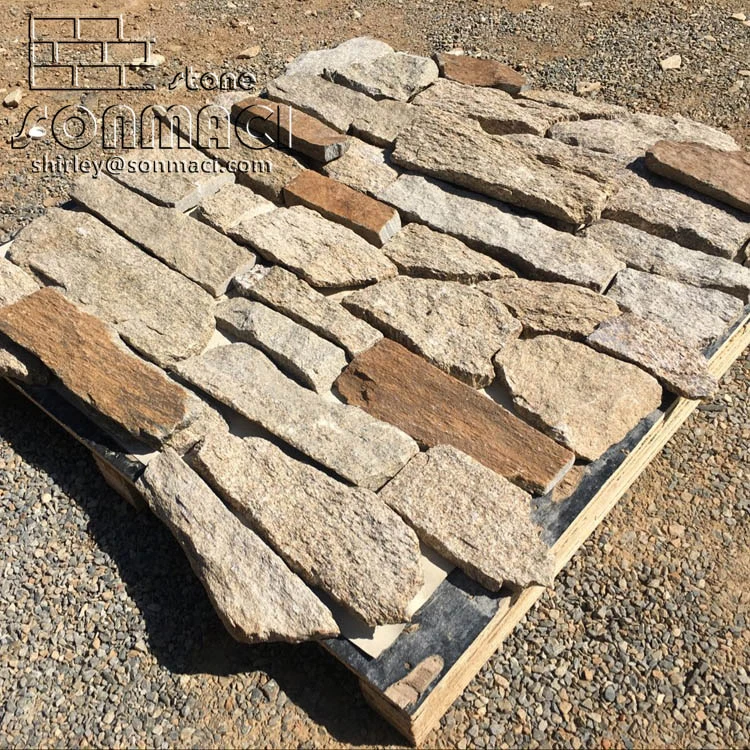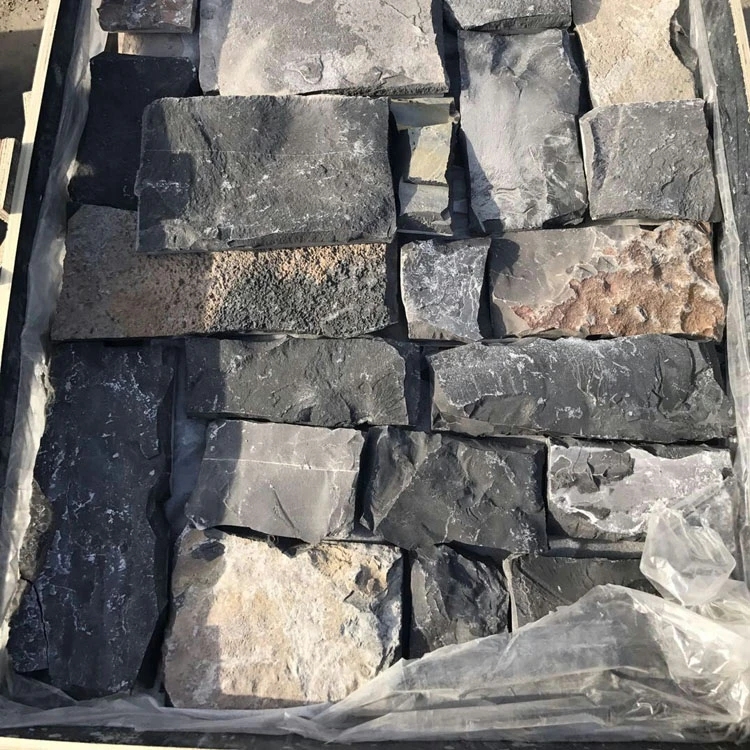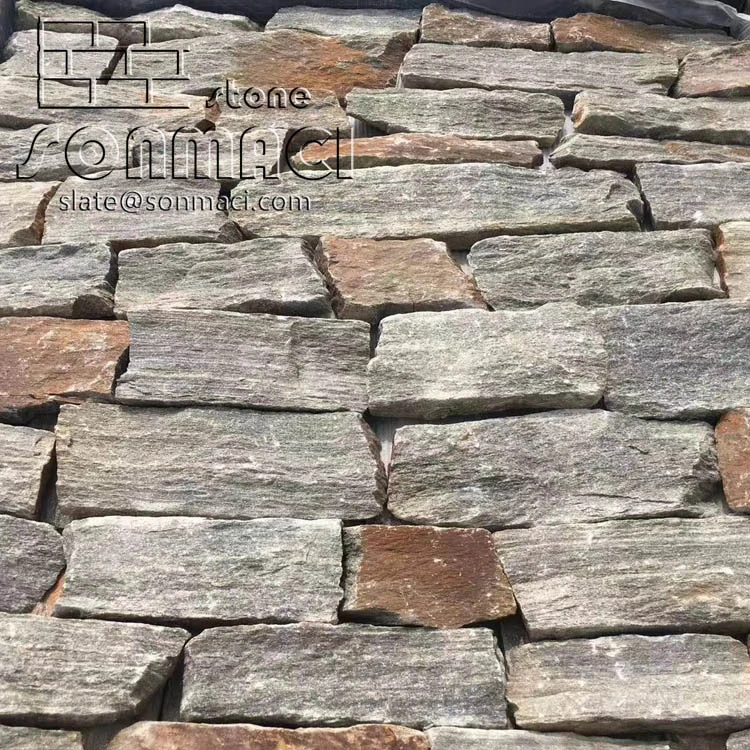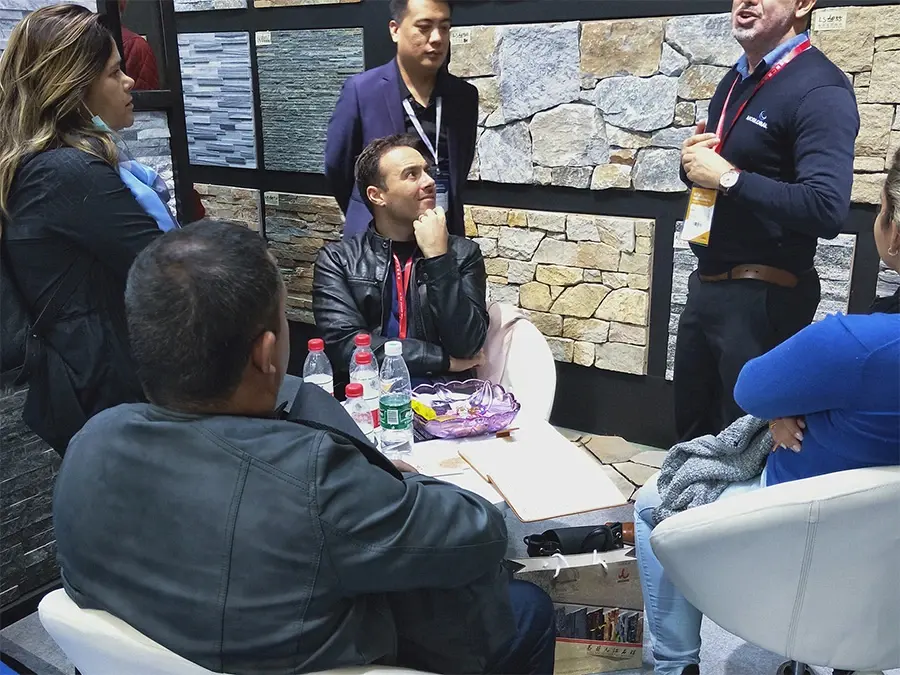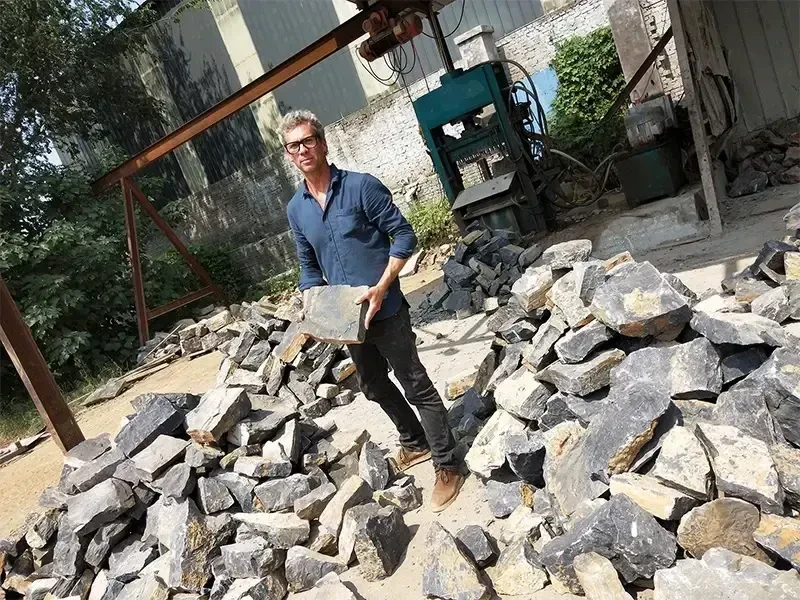Black Limestone Fieldstone Exterior Wall Panels
|
Item |
Black Limestone Fieldstone Exterior Wall Panels |
|
Material |
slate / marble and other stone |
|
Color |
white /green/black/ rusty and more available |
|
Feature |
Riched veins, solid texture and bright colors, low water absorption,Resist acid,light,fire and coldness. |
|
Usage |
For indoor and out door walls , floor and ground decorating . Such as the floor and wall of bath room , swimming pools , halls ,entrance ,floor in lift and so on . |
|
Size |
Length:2"-14" W:1"-6" |
|
Packing |
15sqm/crate, export standard |
|
Loading Port |
TIANJIN |
|
Payment Item |
30% T/T in advance and 70% balance at once against the copy of B/L |
|
Delivery Time |
15 days for one 20 FCL after receive the deposit |

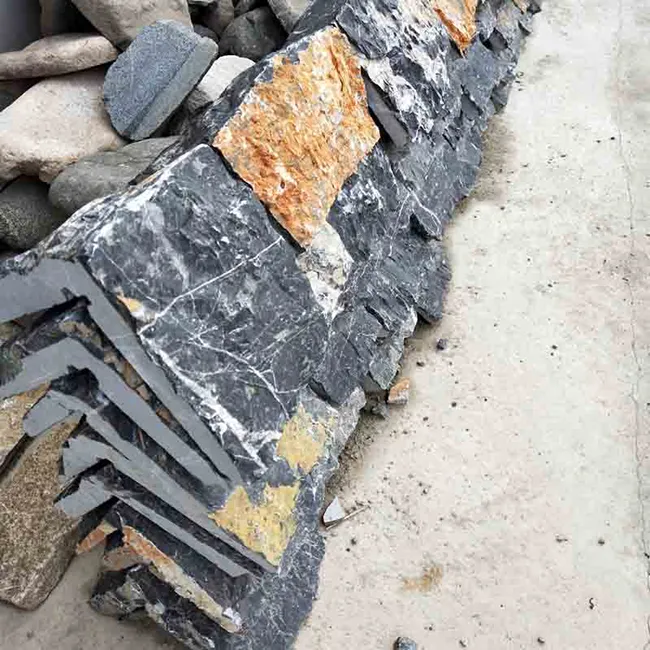
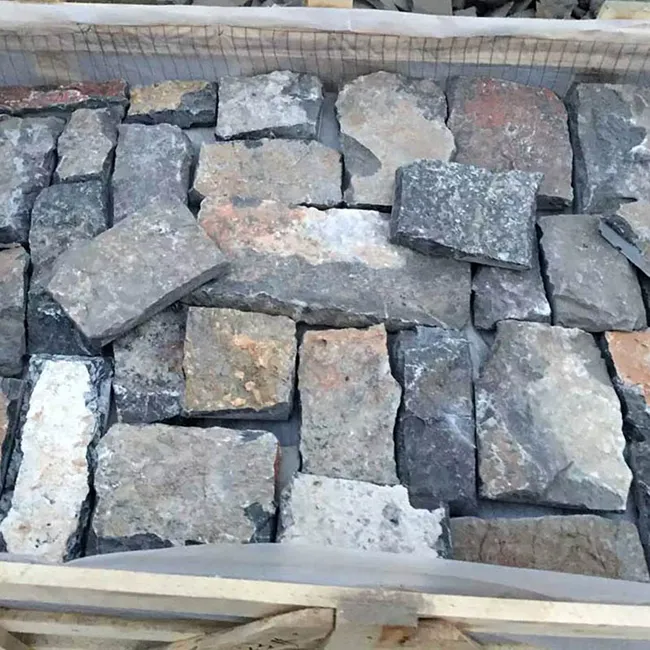
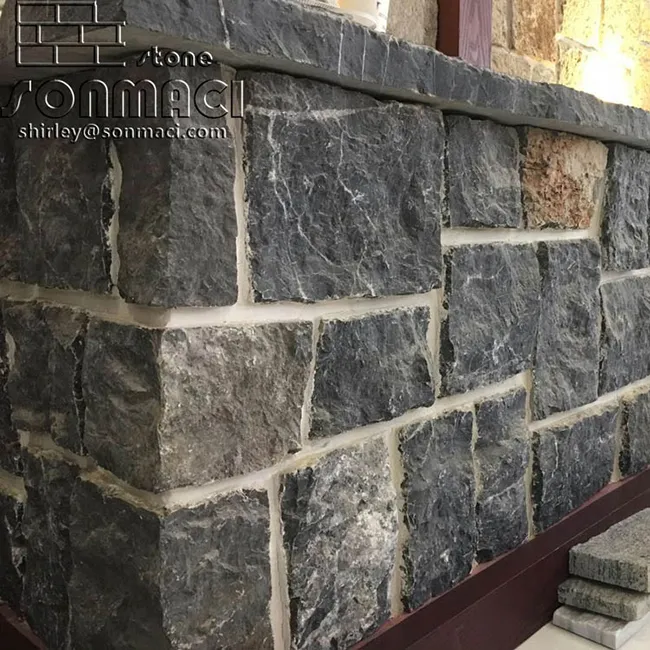
Free Form Stone Wall Cladding for Rustic and Modern Homes
The use of free form stone wall cladding represents a unique convergence of rugged authenticity and contemporary design, making it equally at home in rustic retreats and modern urban dwellings. This organic cladding material carries within it a geological narrative that transcends architectural styles, offering homeowners and designers a versatile medium to create spaces that feel simultaneously timeless and of-the-moment. The appeal of free form stone lies in its ability to adapt its character based on application, context, and accompanying materials, morphing from cozy countryside traditional to sleek metropolitan contemporary with nothing more than a shift in installation technique and design pairing.
In rustic home designs, free form stone cladding becomes a direct extension of the surrounding landscape, blurring boundaries between built structure and natural environment. The stones' untamed edges and mineral variations echo the raw beauty of wilderness, creating interiors that feel like curated outcrops and exteriors that appear to emerge organically from their sites. Fireplaces clad in free form stone become hearths in the original sense—gathering points that radiate primal warmth and connection. The material's inherent imperfections are celebrated as virtues in these settings, with each crack, fossil, and color anomaly adding to the narrative of authenticity that defines rustic design philosophy. The installation approach enhances this effect, with masons carefully selecting and rotating stones to highlight their most character-rich faces, creating walls that reward close inspection with ever-changing textures and subtle discoveries.
Modern applications reveal free form stone's surprising adaptability to contemporary aesthetics. When applied with precision to create expansive, unbroken planes, the same material that reads as rustic in traditional settings transforms into a study in organic minimalism. The key lies in allowing the stone's natural variations to become the visual interest in otherwise streamlined spaces—a single stone-clad feature wall can provide all the texture needed in a room of clean lines and monochromatic finishes. Modernist homes often employ free form stone as a counterpoint to glass and steel, its tactile warmth softening the potential sterility of industrial materials. The juxtaposition creates dialogue between nature and technology, between the ancient and the ultra-contemporary. Installation techniques adapt accordingly, with stones sometimes aligned to emphasize their geometric similarities or carefully grouted to create seamless transitions that highlight the material rather than the masonry work.
Light interaction further enhances free form stone's stylistic versatility. In rustic applications, the cladding's deep textures create pools of shadow that amplify cozy, intimate atmospheres. Modern installations might spotlight the stone's reflective mineral components, using carefully positioned lighting to make crystalline deposits sparkle like embedded stars. The same wall can shift character throughout the day as sunlight moves across its surface—morning might emphasize rugged textures while afternoon light reveals subtle color gradations, allowing the space to evolve rather than remain static.
Technical advancements have expanded free form stone's applicability across architectural styles. Modern anchoring systems allow the creation of stone "wallpapers" that require minimal structural support, making dramatic stone features possible even in lightweight modern construction. Conversely, traditional mortar techniques can be adapted to create intentionally irregular joints that enhance the rustic effect. The material itself remains constant, but its implementation adapts to serve divergent design philosophies with equal effectiveness.
Sustainability considerations add another layer of relevance to free form stone cladding in both rustic and modern contexts. For rural homes, locally quarried stone reduces transportation emissions while connecting buildings to regional geology. Urban applications benefit from stone's longevity and non-toxic properties, aligning with contemporary green building standards. In both cases, the material's durability ensures it won't require replacement, and its thermal mass contributes to energy efficiency—qualities valued across the design spectrum.
